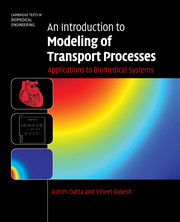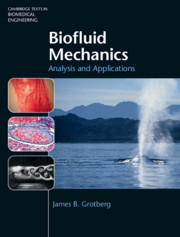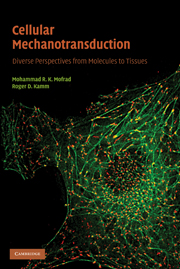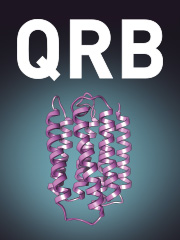An Introduction to Modeling of Transport Processes
Organised around problem solving, this book gently introduces the reader to computational simulation of biomedical transport processes, bridging fundamental theory with real-world applications. Using this book the reader will gain a complete foundation to the subject, starting with problem simplification, implementing it in software, through to interpreting the results, validation, and optimisation. Ten case studies, focusing on emerging areas such as thermal therapy and drug delivery, with easy to follow step-by-step instructions, provide ready-to-use templates for further applications. Solution process using the commonly used tool COMSOL Multiphysics is described in detail; useful biomedical property data and correlations are included; and background theory information is given at the end of the book for easy reference. A mixture of short and extended exercises make this book a complete course package for undergraduate and beginning graduate students in biomedical and biochemical engineering curricula, as well as a self-study guide.
- User-friendly with a gentle learning curve
- Ten complete case studies with step-by-step instructions enable the reader to get started quickly and can also be used as a template for other biomedical problems
- Focuses on emerging areas of biomedical engineering, such as thermal therapy and drug delivery, where computer simulation plays a critical role
Product details
November 2009Hardback
9780521119245
532 pages
254 × 203 × 29 mm
1.28kg
135 b/w illus. 57 tables 147 exercises
Available
Table of Contents
- Part I. Essential Steps:
- 1. Problem formulation
- 2. Software implementation: what to solve
- 3. Software implementation: how to solve (preprocessing)
- 4. Software implementation: visualizing and manipulating solution (postprocessing)
- 5. Validation, sensitivity analysis, optimization and debugging
- Part II. Case Studies:
- 6. Case studies
- Part III. Background Material:
- 7. Governing equations and boundary conditions
- 8. Source terms
- 9. Material properties and other input parameters
- 10. Solving the equations: numerical methods.





